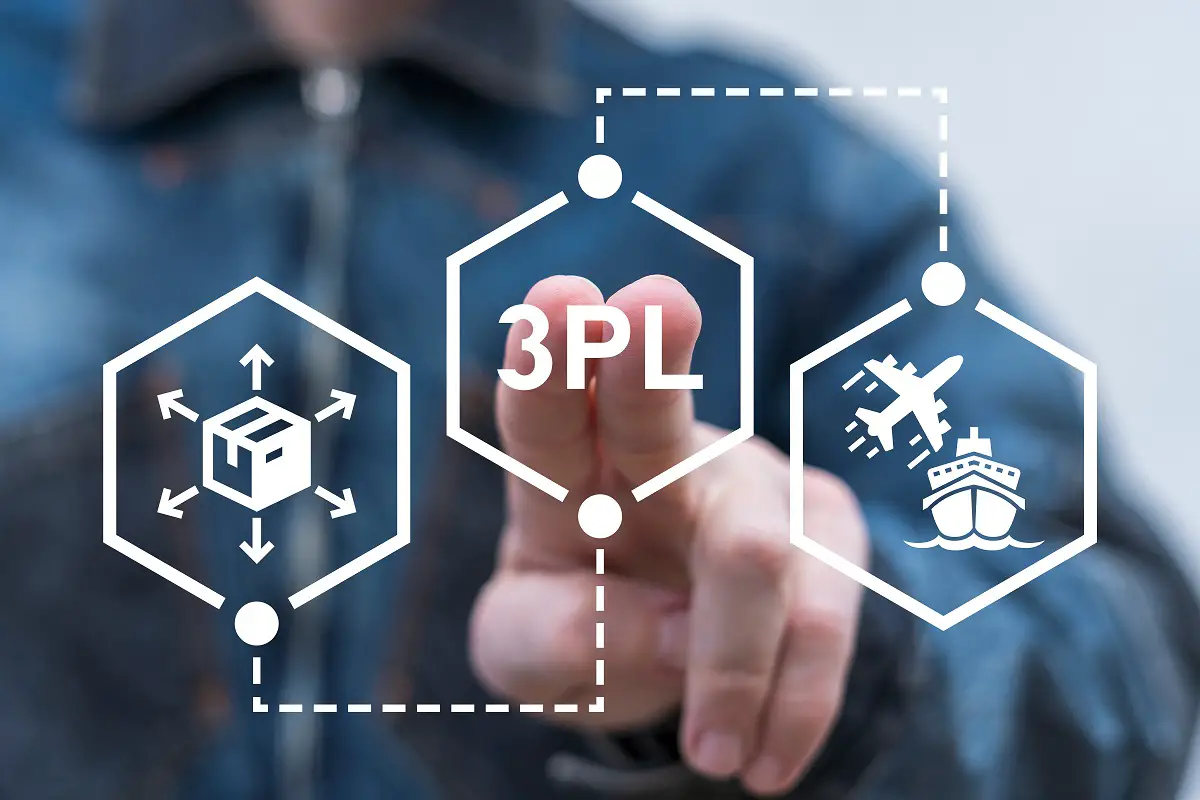The vast network of highways across the United States sees thousands of semi trucks every day, and with their massive size and weight, these vehicles can cause catastrophic accidents when things go wrong. Understanding the most common types of semi truck accidents can help drivers stay alert and potentially avoid devastating outcomes. If an accident does occur, a victim may consider reaching out to a leading truck accident law firm in Florida for legal representation and guidance.
Jackknife Accidents
A jackknife accident occurs when a truck’s trailer swings out to form a 90-degree angle with the cab, resembling the folding motion of a pocket knife. This often results from sudden braking, especially on slippery roads. The trailer can sweep across multiple lanes of traffic, hitting several vehicles in its path. Jackknifing not only endangers nearby drivers but often leads to secondary accidents due to blocked roadways and reduced visibility.
Rollover Collisions
Semi trucks are more prone to rollovers than passenger vehicles, particularly during sharp turns or abrupt maneuvers. High winds, uneven cargo loads, and excessive speed can contribute to these accidents. A truck rolling over on a busy highway can crush smaller cars, cause multi-vehicle pileups, and lead to road closures for hours. In many cases, rollovers stem from driver error or improper loading practices.
Rear-End Crashes
Due to their weight, semi trucks require a much longer stopping distance than smaller vehicles. When drivers follow too closely or fail to notice slowing traffic ahead, rear-end collisions are likely. These crashes are especially dangerous for the car in front, often resulting in severe injuries or fatalities due to the force of impact. Brake failure and driver fatigue frequently play a role in these types of accidents.
Underride Accidents
Among the deadliest types of semi truck accidents are underride collisions, where a smaller vehicle slides beneath the trailer of a truck. These usually occur when the truck stops abruptly or lacks proper rear or side underride guards. The roof of the passenger vehicle can be sheared off completely, leading to fatal injuries. Many safety advocates continue to push for stricter regulations and better guardrails to prevent such tragedies.
Blind Spot Incidents
Semi trucks have large blind spots, or “no-zones,” especially on their sides and directly behind the trailer. When a car remains in a truck’s blind spot and the driver attempts to change lanes, serious side-swipe collisions can occur. These accidents highlight the importance of driver training and the need for heightened awareness around commercial trucks.
Tire Blowouts and Mechanical Failures
Mechanical failures, particularly tire blowouts, can cause a driver to lose control of the truck. Flying tire debris or a sudden shift in trajectory can endanger everyone on the road. Regular maintenance is crucial, yet in some cases, poorly maintained fleets or defective parts are to blame. These incidents can result in lawsuits involving not only the driver but also the trucking company or manufacturer.
Conclusion
While each of these accidents presents unique dangers, most are preventable with proper training, cautious driving, and vehicle maintenance. For those affected by such collisions, the physical, emotional, and financial toll can be overwhelming. Understanding the nature of semi truck accidents can help all drivers remain vigilant—and may ultimately save lives on the road.







